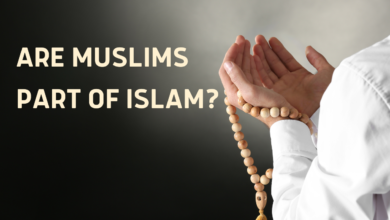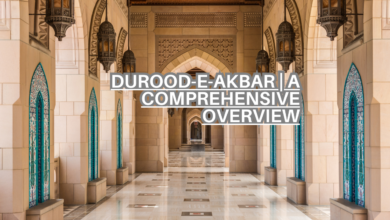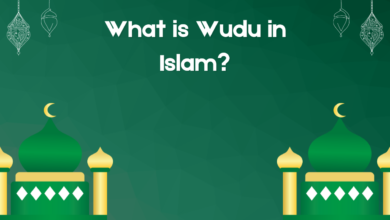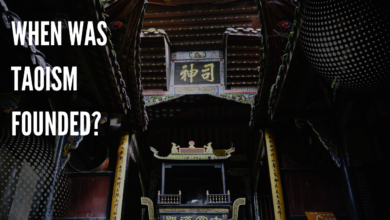Islamic Calligraphy
Expressing Divine Beauty through Words: The Art of Islamic Calligraphy
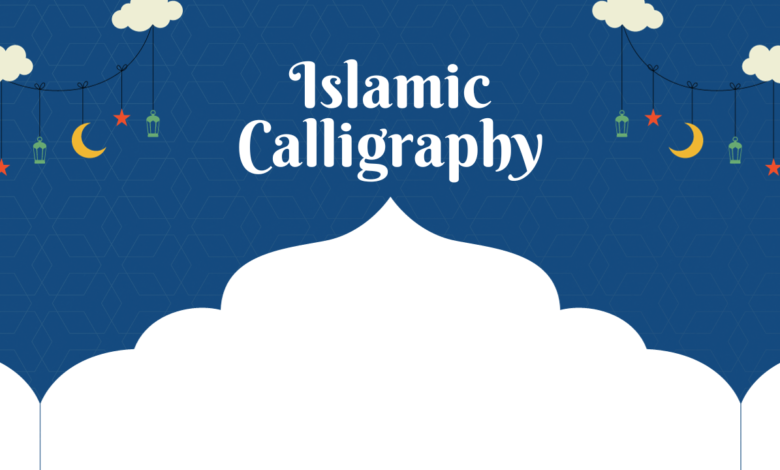
Islamic Calligraphy
Islamic calligraphy is a revered art form within Islamic culture, encompassing the skilled and decorative writing of Arabic and other scripts to convey religious and cultural messages. It is a visual representation of the beauty and power of the divine word.
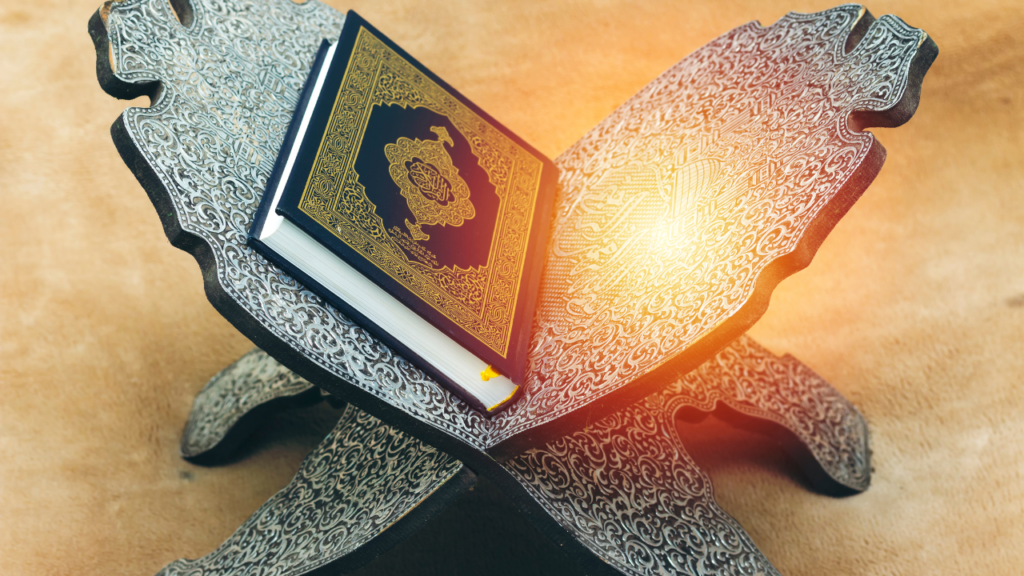
Introduction
Islamic calligraphy, often referred to as “Khatt,” is a captivating and ancient art form that holds a special place in Islamic culture and aesthetics. It is a visual representation of the profound connection between spirituality and art, where words and letters become vehicles for expressing the beauty and power of the divine. In this article, we will explore the rich history, cultural significance, and various styles of Islamic calligraphy.
A Historical Perspective
Islamic calligraphy has its roots in the early Islamic period, dating back to the 7th century CE when the Quran was revealed to the Prophet Muhammad. Muslims believe that the Quran is the literal word of God, and this sacred text has greatly influenced the development of calligraphy within the Islamic world.
Initially, calligraphy served the practical purpose of transcribing and preserving the Quran. Over time, however, it evolved into a distinct art form with its own rules and styles. The aesthetic aspects of calligraphy were further developed during the Umayyad and Abbasid Caliphates, as well as in Persia and the broader Islamic world.
Also check.
- Why did Islam Spread So Quickly?
- Why Does Allah Test Us?
- What is Gambling in Islam?
- Why is Hajj Important?
- Who Wrote the Quran?
The Artistic Significance
Islamic calligraphy is more than just beautiful handwriting; it is a form of artistic expression deeply rooted in spirituality. The primary function of calligraphy is to convey the message of the Quran in a visually compelling manner, emphasizing the significance and reverence of the text. Each stroke of the pen, each curve and flourish, is a reflection of the divine.
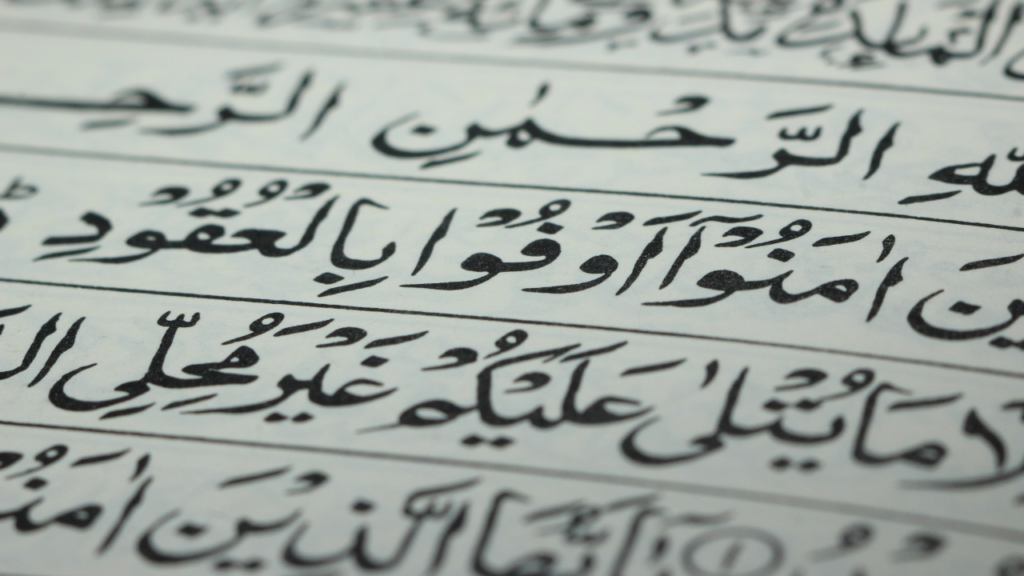
The Cultural and Spiritual Significance
- Preservation of the Quran: Islamic calligraphy played a crucial role in preserving the Quran throughout history. Skilled calligraphers meticulously transcribed and illustrated the holy text, ensuring its longevity.
- Decoration of Religious Spaces: Islamic calligraphy is prominently featured in mosques, madrasas, and other religious buildings. These ornate inscriptions often include verses from the Quran or quotes from Islamic scholars, enhancing the spiritual atmosphere of these spaces.
- Ornamentation of Artifacts: Calligraphy is not limited to religious texts. It adorns a wide range of objects, from ceramics and textiles to architectural elements and manuscripts, showcasing the versatility of this art form.
Styles of Islamic Calligraphy
There are various styles of Islamic calligraphy, each with its own unique characteristics and history. Some of the most prominent styles include:
- Kufic: Known for its angular and geometric shapes, Kufic is one of the earliest styles of Islamic calligraphy. It is often used for architectural inscriptions and is characterized by its simplicity and symmetry.
- Naskh: Naskh is a more fluid and cursive script, making it highly readable. It is often used for copying the Quran and other religious texts. Its elegance lies in its legibility and clear letterforms.
- Thuluth: Thuluth is characterized by its tall, elongated letters and pronounced curves. It is often used for decorative inscriptions and is renowned for its beauty and grace.
- Diwani: Developed during the Ottoman Empire, Diwani is known for its intricate, ornate lettering and is often used for official documents and royal decrees.
- Nastaliq: This Persian script is known for its flowing, elegant lines and is widely used in Persian and Urdu calligraphy. It is admired for its aesthetic qualities and artistic expression.
Conclusion
Islamic calligraphy is a unique fusion of art, culture, and spirituality. It exemplifies the Islamic principle that beauty is an essential aspect of worship and reflects the deep reverence Muslims have for their sacred texts. Through the meticulous strokes of calligraphy, artists continue to convey the divine beauty and power inherent in the written word, making it a timeless and revered art form in the Islamic world.
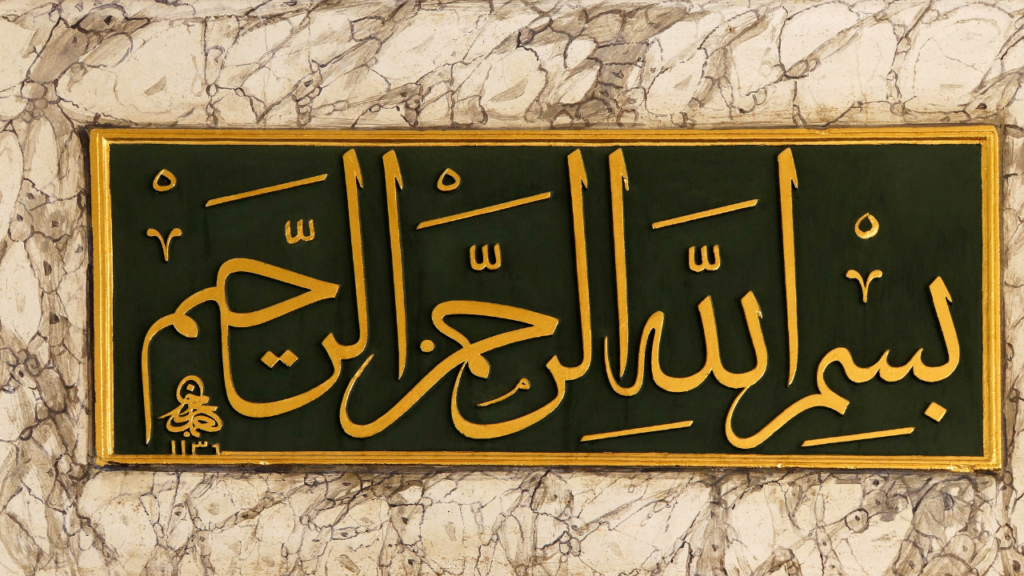
FAQs
What is Islamic calligraphy?
Islamic calligraphy is a revered art form within Islamic culture, encompassing the skilled and decorative writing of Arabic and other scripts to convey religious and cultural messages. It is a visual representation of the beauty and power of the divine word.
What is the historical significance of Islamic calligraphy?
Islamic calligraphy has deep historical roots dating back to the early Islamic period, and it played a crucial role in preserving the Quran. Over time, it evolved into a distinctive art form with various styles and cultural significance.
What role does Islamic calligraphy play in Islamic culture?
Islamic calligraphy is an integral part of Islamic culture, adorning mosques, madrasas, and other religious spaces. It enhances the spiritual ambiance and serves as a means of conveying religious messages.
What are the different styles of Islamic calligraphy?
Some prominent styles of Islamic calligraphy include Kufic, Naskh, Thuluth, Diwani, and Nastaliq. Each style has its own unique characteristics and history, often used for specific purposes or in particular regions.
